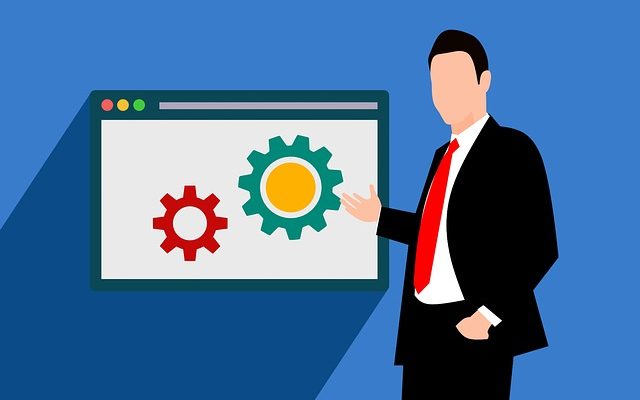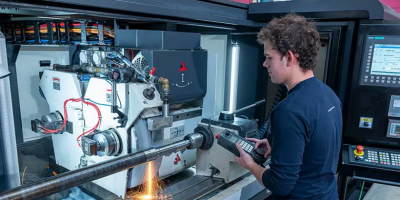As a business owner, you know that your company’s success is dependent on the efficiency of your equipment and machinery. However, breakdowns and repairs can be costly and time-consuming. That’s why regular maintenance is crucial to prevent problems before they occur. In this blog post, we’ll explore the power of prevention and how regular maintenance can avoid costly repairs.
Preventative Maintenance 101
Preventative maintenance is a proactive approach to maintaining equipment and machinery. It involves regular checks and upkeep to prevent problems before they occur. This type of maintenance includes routine inspections, cleaning, and replacement of parts, and ensuring containers that can spill or leak are stored in drip trays, among other things. By performing preventative maintenance regularly, you can extend the life of your equipment, avoid costly repairs down the line, and prevent accidents in the workplace.
The Benefits of Preventative Maintenance
Regular preventative maintenance can bring several benefits to your business. First, it can reduce the risk of equipment failure, which can lead to costly repairs and downtime. Second, it can increase the efficiency and performance of your equipment, which can improve productivity and profitability. Third, it can help you comply with regulatory standards and avoid fines for non-compliance. Fourth, it can improve safety in the workplace by identifying potential hazards before they cause harm.
Cost Savings
Preventative maintenance may seem like an additional expense, but it can save you a substantial sum of money over time. By catching and addressing problems before they become major issues, you can avoid expensive repairs or the need for replacement equipment. Additionally, regular maintenance can help keep your equipment running at peak efficiency, reducing energy costs and increasing the lifespan of the equipment.
Implementing a Preventative Maintenance Plan
Implementing a preventative maintenance plan requires some planning and coordination. First, you’ll need to identify the equipment that requires maintenance and determine the appropriate schedule for maintenance tasks. You may also need to train employees to perform routine maintenance tasks or hire a contractor to perform more specialised maintenance. Finally, you’ll need to track and record maintenance tasks to ensure that they’re completed on schedule.
Improved Equipment Reliability
Regular maintenance can improve the reliability of your equipment. When you perform routine checks, you can identify and address potential issues before they cause major problems, reducing the likelihood of equipment failure. This means that your equipment will be available when you need it, reducing downtime and improving productivity. By ensuring that your equipment is reliable, you can also improve customer satisfaction by providing consistent and timely service.
Regular preventative maintenance is a powerful tool for businesses looking to avoid costly repairs and downtime. By implementing a preventative maintenance plan, you can increase the efficiency and performance of your equipment, comply with regulatory standards, and improve safety in the workplace. Additionally, you can save money in the long run by catching and addressing small issues before they become major problems. So, make sure to prioritise regular maintenance as a part of your business operations to ensure the success and longevity of your equipment and machinery.














Comments